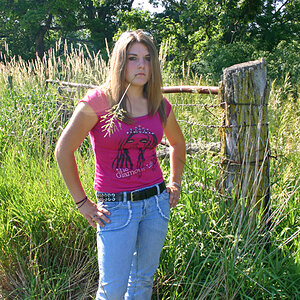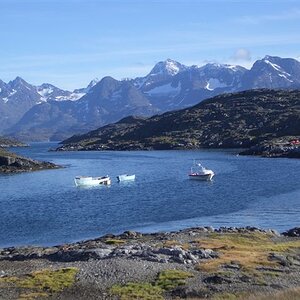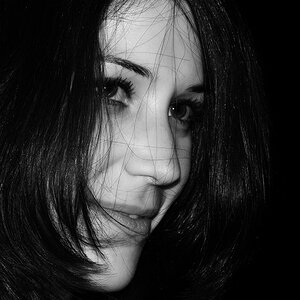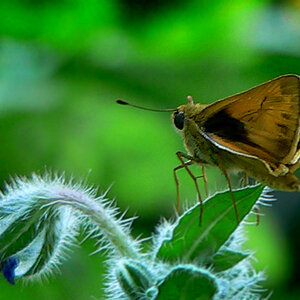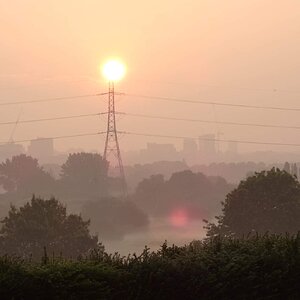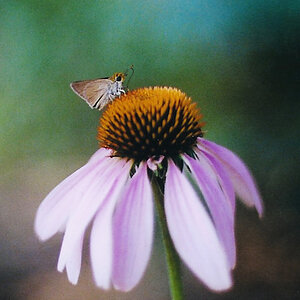Aritay
TPF Noob!
- Joined
- Nov 29, 2009
- Messages
- 49
- Reaction score
- 0
- Can others edit my Photos
- Photos OK to edit
So let's say you were constrained by a window-less room.
And yet you wanted the light to appear as natural (i.e., sunlight-like) as possible. Further, let's say you wanted the light to be like on a nice cloudy day. That is, the light would be diffused, generally "flat", but have some direction. Again, like outside on a cloudy day.
How would one best go about setting this up indoors for portraiture??
thanks
And yet you wanted the light to appear as natural (i.e., sunlight-like) as possible. Further, let's say you wanted the light to be like on a nice cloudy day. That is, the light would be diffused, generally "flat", but have some direction. Again, like outside on a cloudy day.
How would one best go about setting this up indoors for portraiture??
thanks


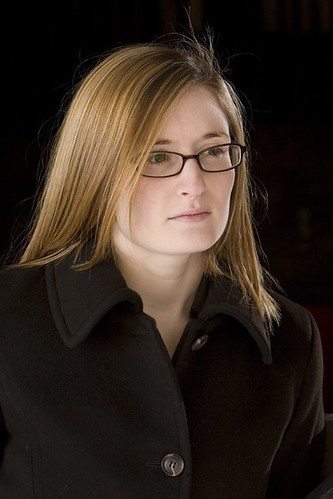
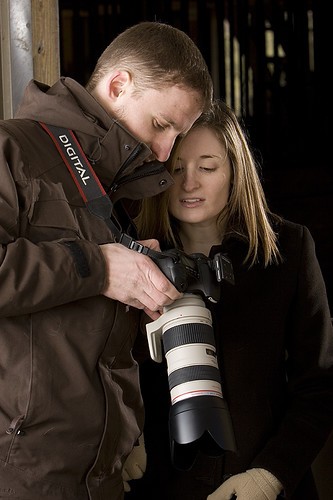
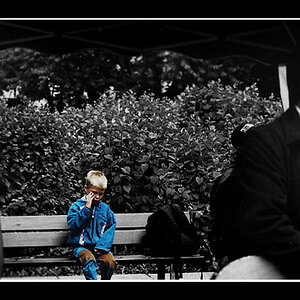

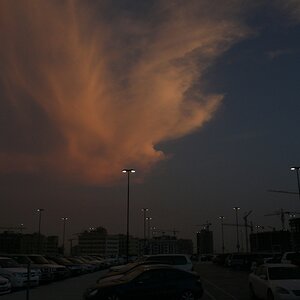
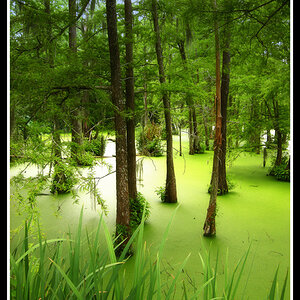
![[No title]](/data/xfmg/thumbnail/34/34114-dd12be026979ccd4182c5f478bd91448.jpg?1619736284)
